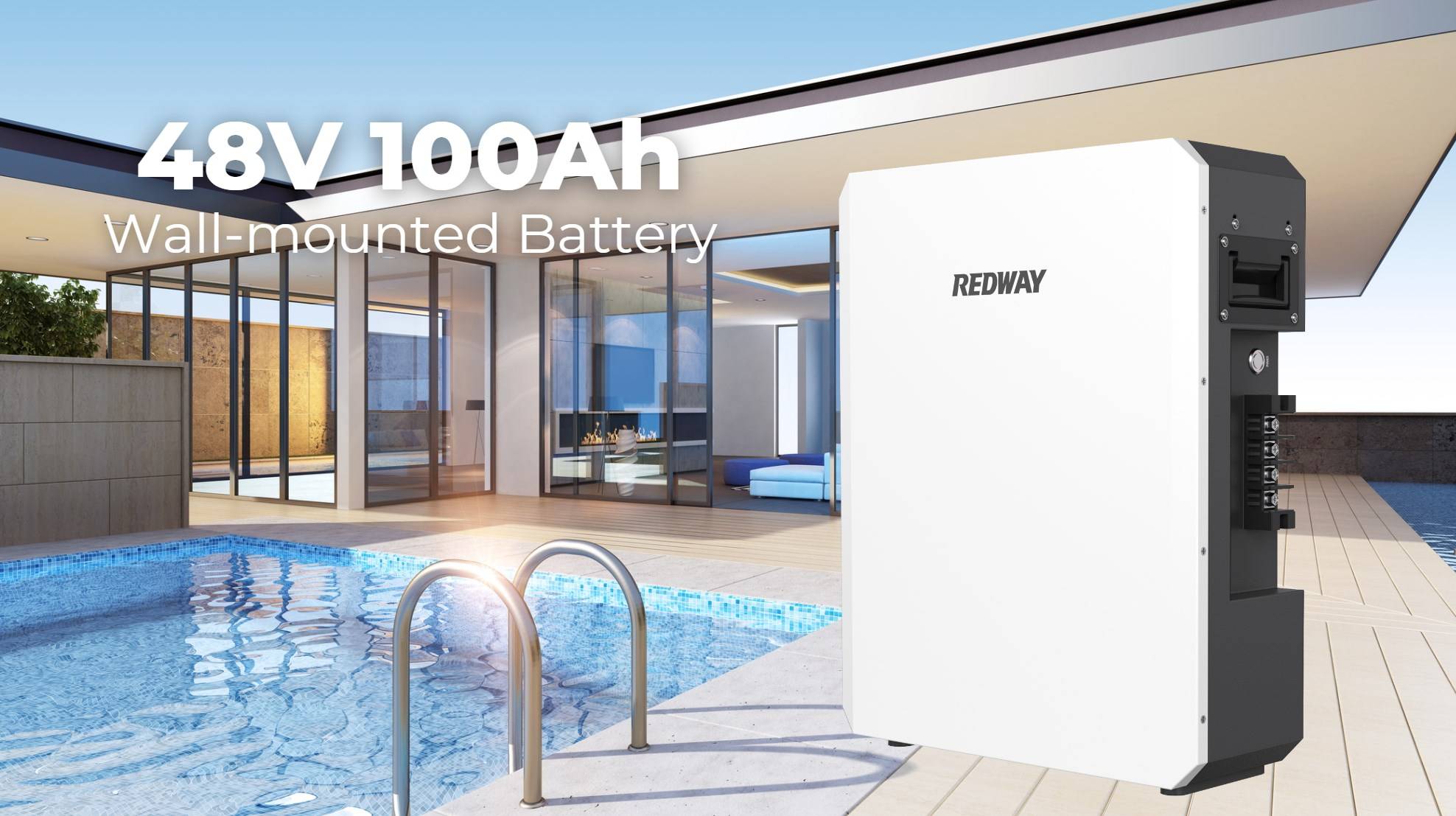Choosing the right size and capacity for your power storage wall is essential for maximizing energy efficiency and ensuring reliable performance. A well-sized system can help you store excess energy generated from renewable sources, providing backup during outages. This guide explores how to determine the appropriate size and capacity for your needs.
What is a power storage wall and how does it work?
A power storage wall is an energy storage system designed to store electricity generated from renewable sources, such as solar panels or wind turbines. It typically consists of lithium-ion batteries housed in a compact unit that can be mounted on a wall.The operation involves:
- Energy Capture: Excess electricity generated during peak production times is stored in the batteries.
- Energy Release: When demand exceeds generation (e.g., at night), stored energy is released back into the home or business.
- Monitoring System: Many systems come with smart technology that monitors energy usage and optimizes charging and discharging cycles.
Power Storage Wall Overview Chart
| Component | Function |
|---|---|
| Batteries | Store excess energy |
| Inverter | Converts stored DC electricity to AC |
| Monitoring System | Manages energy flow and optimizes usage |
What factors should be considered when sizing a power storage wall?
When determining the size of your power storage wall, consider the following factors:
- Energy Consumption: Assess your average daily energy usage to determine how much capacity you need.
- Peak Demand: Identify times when your energy consumption is highest to ensure the system can handle those loads.
- Renewable Energy Generation: Evaluate how much energy your solar panels or wind turbines produce to find an appropriate balance between generation and storage.
Sizing Considerations Chart
| Factor | Description |
|---|---|
| Energy Consumption | Average daily usage informs capacity needs |
| Peak Demand | High consumption times dictate sizing |
| Renewable Generation | Production levels affect required capacity |
How much do power storage walls cost, and what factors influence their price?
The cost of power storage walls can vary significantly based on several factors:
- Capacity: Higher capacity models generally come at a higher price point.
- Battery Chemistry: Lithium-ion batteries tend to be more expensive than lead-acid batteries but offer better performance.
- Brand Reputation: Established brands may charge more due to quality assurance.
On average, prices can range from £3,000 to £10,000, depending on specifications and installation requirements.Cost Factors Chart
| Factor | Influence on Cost |
|---|---|
| Capacity | Higher capacity = higher price |
| Battery Chemistry | Lithium-ion = higher cost |
| Brand Reputation | Premium brands often charge more |
What safety precautions should be taken when using power storage walls?
Safety is crucial when operating power storage walls:
- Proper Ventilation: Ensure adequate airflow around the unit to prevent overheating.
- Avoid Overloading: Do not exceed the system’s rated output to prevent damage or malfunction.
- Regular Inspections: Check connections and cables regularly for wear or damage.
By following these precautions, users can safely enjoy the benefits of their power storage wall.Safety Precautions Chart
| Precaution | Description |
|---|---|
| Proper Ventilation | Prevents overheating |
| Avoid Overloading | Ensures safe operation |
| Regular Inspections | Maintains equipment integrity |
How can users maintain their power storage walls effectively?
To ensure optimal performance and longevity of power storage walls, users should:
- Keep Clean: Regularly clean the unit to maximize efficiency.
- Battery Maintenance: Check battery health periodically and ensure proper charging practices.
- Store Properly: When not in use, ensure that the system is stored in a cool, dry place away from direct sunlight.
Implementing these maintenance practices helps extend the lifespan of the system.Maintenance Tips Chart
| Maintenance Task | Frequency |
|---|---|
| Keep Clean | Monthly cleaning |
| Battery Maintenance | Periodic checks on battery health |
| Store Properly | Store in a cool, dry place when not in use |
Buy Wholesale Battery Tips
For businesses seeking reliable battery solutions, Redway Battery is an excellent choice for wholesale buyers or OEM clients overseas. With over 13 years of experience in lithium battery manufacturing, Redway Battery provides high-quality products that serve as a superior alternative to lead-acid batteries.To make OEM orders from a trustworthy manufacturer like Redway Battery:
- Identify Your Needs: Determine specifications and quantities required.
- Contact Redway Battery: Reach out through their official channels.
- Discuss Terms: Negotiate pricing and delivery timelines.
- Place Your Order: Finalize your order with a purchase agreement.
Industrial News
Recent advancements in battery technology have led to an increased focus on renewable energy solutions as consumers seek reliable sources during outages or outdoor activities. Innovations in efficiency and capacity are making these systems more appealing for both personal and commercial use.
Redway Expert Views
“Investing in advanced energy solutions like power storage walls not only enhances efficiency but also supports sustainable practices,” states an expert at Redway Battery. “Understanding your options allows you to choose the best solution tailored to your specific energy needs.”
FAQ Section
- Q1: How long do power storage walls typically last?
A1: With proper care, these systems can last between 10 to 15 years depending on usage patterns. - Q2: Are there any special charging requirements for these systems?
A2: Yes, always use compatible chargers designed specifically for your battery type to ensure optimal performance. - Q3: Can I integrate my existing solar system with a new power storage wall?
A3: Most likely; however, it’s best to check compatibility with your current setup specifications. - Q4: Is recycling available for old lithium-ion batteries?
A4: Yes, many regions offer recycling programs specifically designed for lithium-ion technologies; check local guidelines for disposal options.



